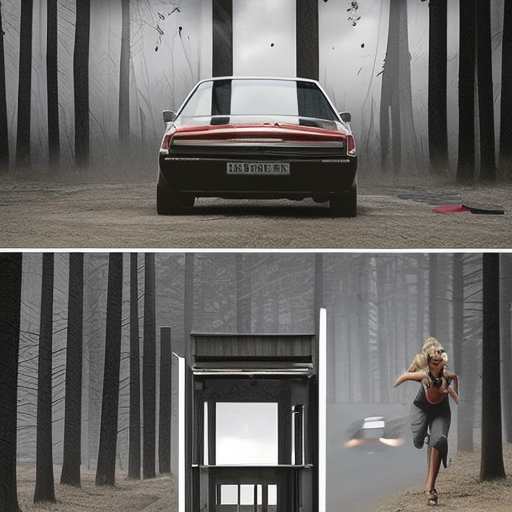Summary: Storyboarding is a visual planning tool used in various creative industries, such as film, animation, and advertising, to outline the sequence of shots and scenes. It involves creating a series of drawings or illustrations that depict the key moments and actions of a story. Storyboarding helps filmmakers and artists visualize their ideas, plan camera angles, and communicate their vision to the rest of the team. It serves as a blueprint for the final product and plays a crucial role in the pre-production phase.
What is Storyboarding?
Storyboarding is the process of creating a series of visual representations that outline the narrative structure of a project. It typically involves drawing or sketching scenes, characters, and key actions in a sequential manner. Each drawing, known as a panel, represents a specific shot or scene and is accompanied by relevant notes or descriptions. Storyboards can be created using traditional pen and paper or digital tools.
The Purpose of Storyboarding
Storyboarding serves several purposes in the creative process. Firstly, it allows artists and filmmakers to visualize their ideas and concepts. By sketching out the key moments of a story, they can better understand the flow and pacing of the project. Storyboards also help in planning camera angles, compositions, and transitions between shots. This allows the director and cinematographer to experiment with different visual approaches and make informed decisions before shooting begins.
Furthermore, storyboards serve as a communication tool between the creative team. They enable the director to convey their vision to the cinematographer, production designer, and other crew members. By sharing the storyboards, everyone involved in the project can have a clear understanding of the intended look and feel of the final product. Storyboards also facilitate collaboration and discussion, allowing the team to brainstorm ideas, identify potential issues, and make necessary adjustments before production starts.
The Process of Storyboarding
Storyboarding typically follows a structured process. It begins with a thorough understanding of the script or concept. The artist or director then breaks down the story into individual shots and scenes. Each panel is drawn, keeping in mind the composition, camera angles, and character positions. Annotations or notes are added to provide additional information about the action, dialogue, or camera movement.
Storyboarding can be as detailed or as simple as required. Some storyboards may include additional elements, such as arrows to indicate camera movement, dialogue or sound effects, and even rough indications of color or lighting. The level of detail depends on the specific needs of the project and the preferences of the artist or director.
Once the storyboards are complete, they are usually presented to the rest of the team for feedback and discussion. Any necessary revisions or adjustments are made based on the feedback received. The final storyboards serve as a reference during the production phase, guiding the director, cinematographer, and other crew members in bringing the vision to life.
Conclusion
Storyboarding is an essential tool in the creative process, allowing artists, filmmakers, and advertisers to plan and visualize their ideas. By creating a series of drawings or illustrations that depict the key moments and actions of a story, storyboarding helps in understanding the flow, pacing, and visual composition of a project. It serves as a communication tool, enabling the director to convey their vision to the rest of the team. Storyboarding plays a crucial role in the pre-production phase, providing a blueprint for the final product and ensuring a cohesive and well-planned execution.












